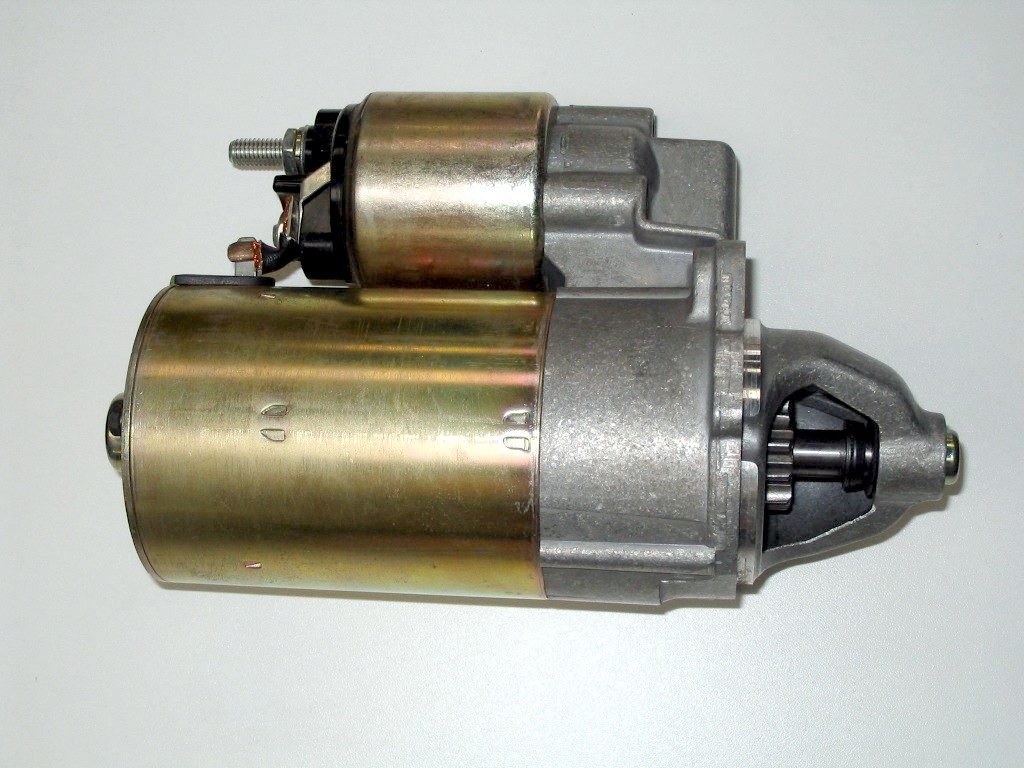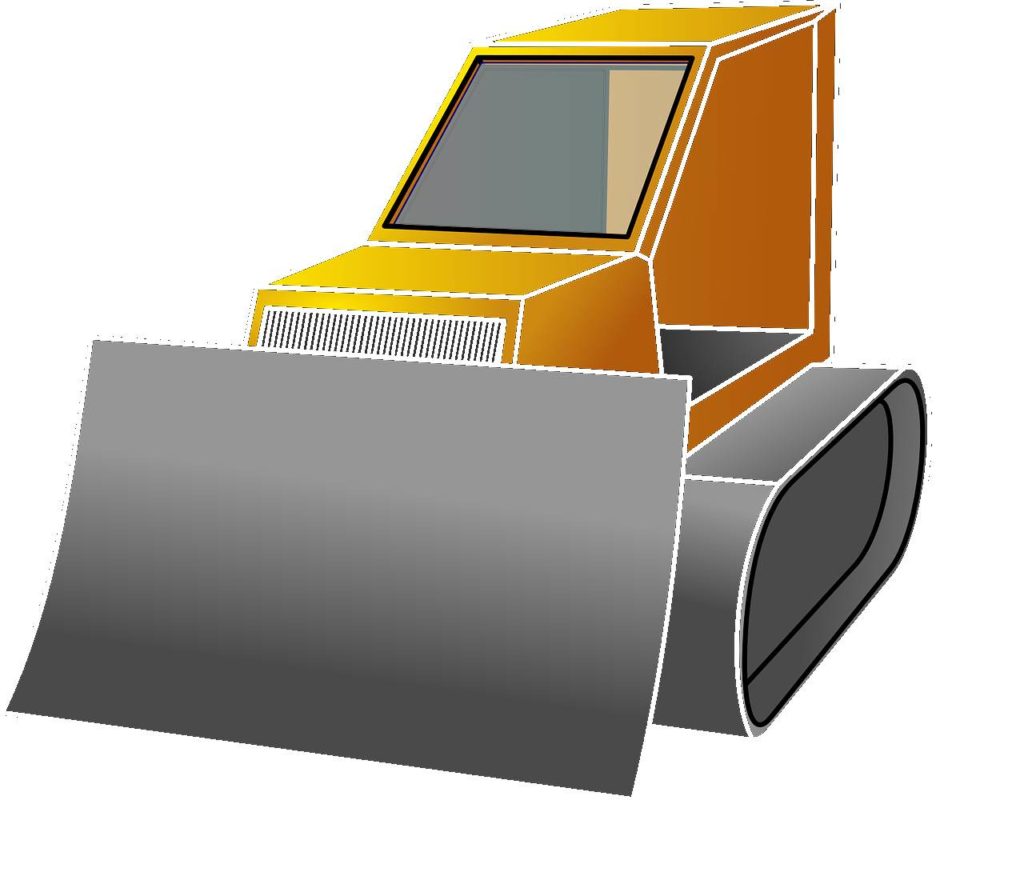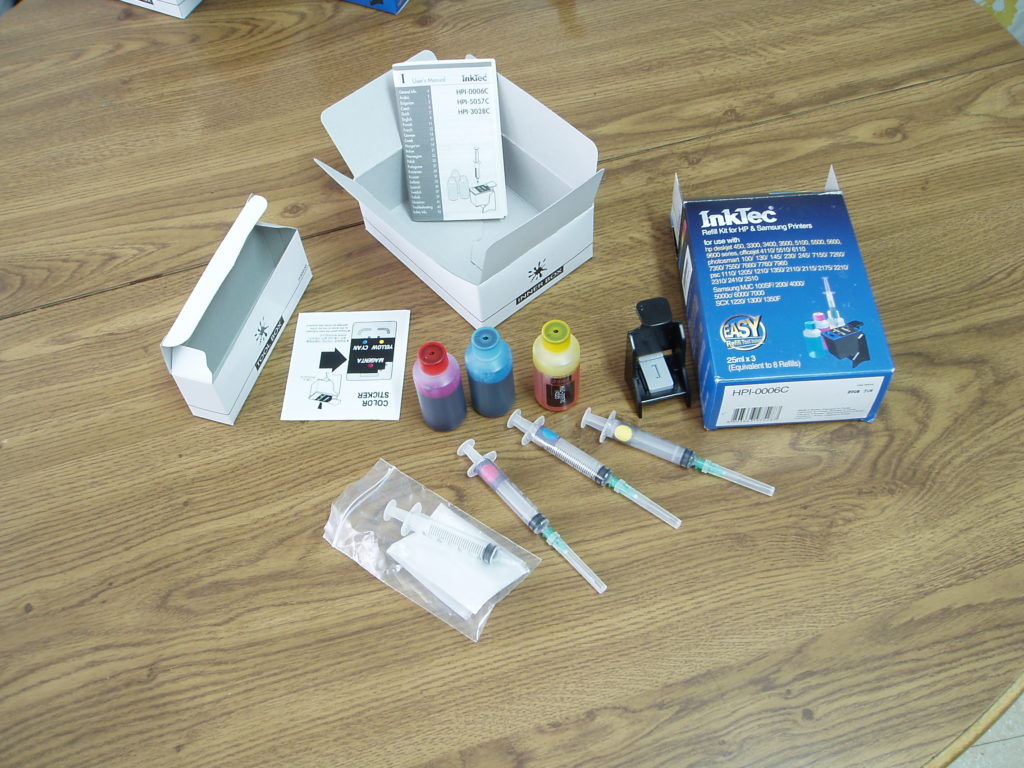We all played with puzzles when we were kids. These children’s puzzles had a limited number of brightly colored pieces. Training for the puzzles we face as adults starts in our youth. Many times the adult puzzle pieces themselves are not more complicated, it is just the piece count that goes up. I would not buy the blue puzzle shown in this picture. I would find it too time consuming and frustrating. However even with the deliberate camouflaging, this puzzle would be easy if it had the same piece count as a children’s puzzle.
I saw a great example of value of the piece count reduction technique in action back when Delco Remy of America was split off from General Motors. This flegling company had to launch a new generation of gear reduced starter motors to compete against Valeo. In today’s lean fashion time and money were not in abundance. Their design team used the piece count of the Valeo starter as the design benchmark. My contribution as a supplier was to eliminate a $.01 washer. The piece cost reduction for the washer itself was not large, however the elimination of the machining to make a home for the washer was significant. Further compounding the gain was this machining cut away exactly the material needed to make the starter withstand harsh Quebec winters. Most engineers can count to 20, even if some need to take off their shoes to tackle the higher numbers. Since Delco Remy of America sells the majority of their starter motors offshore the piece count reduction technique also works in other languages. Only the historic Polynesian tongues lack the words to count to 100. (An historic Polynesian language switches to many for counts higher than 3)
A counter example is equally instructive. A bulldozer manufacturer elected to design a new generation vehicle in Europe. The European design team continued its historic design procedure which did not include tracking piece count. A 30% higher piece count in the new design increased the amount of time and money needed to create detail drawings and prototype parts. The 30% extra detail engineering time forced a drawing change freeze. The drawing change freeze did not correct the higher tooling bill related to the higher piece count. Hiring an US cost analyst after the real components part price quote started arriving did not correct the resultant 30% higher manufacturing cost. The cost analyst could not coerce the buyers to choose a 30% higher cost product. It is unfortunate that a number of long term employees who were my friends lost their jobs when the US bulldozer assembly plant closed.
Currently I am designing an accelerator pedal assembly for an electric vehicle manufacturer. A pair of redundant return springs are used on this pedal to insure that it does not self activate and injure people. Toyota paid a high bill for a similar unintended acceleration issue. I have elected to replace a bolt, two washers and a nut, used to anchor one end of the return springs with a welded in rod. This piece count reduction solves a potential bolt loosening issue which is the primary reason for the change. The fact that a saw cut rod is cheaper than a bolt is just a secondary benefit.
Designing products with fewer pieces usually requires more engineering skill. In many cases, a product designed with a lower piece count has a higher end customer value. Certain other popular measurables such as SKU reduction, supplier reduction, inbound freight cost reduction, inventory cost reduction, assembly cost reduction, quality improvement and profit margin become other ways of expressing the benefit of making a product using fewer pieces. Our tasks becomes less of a puzzle if we are fighting with a reduced number of pieces.
Piece Count
Reply






